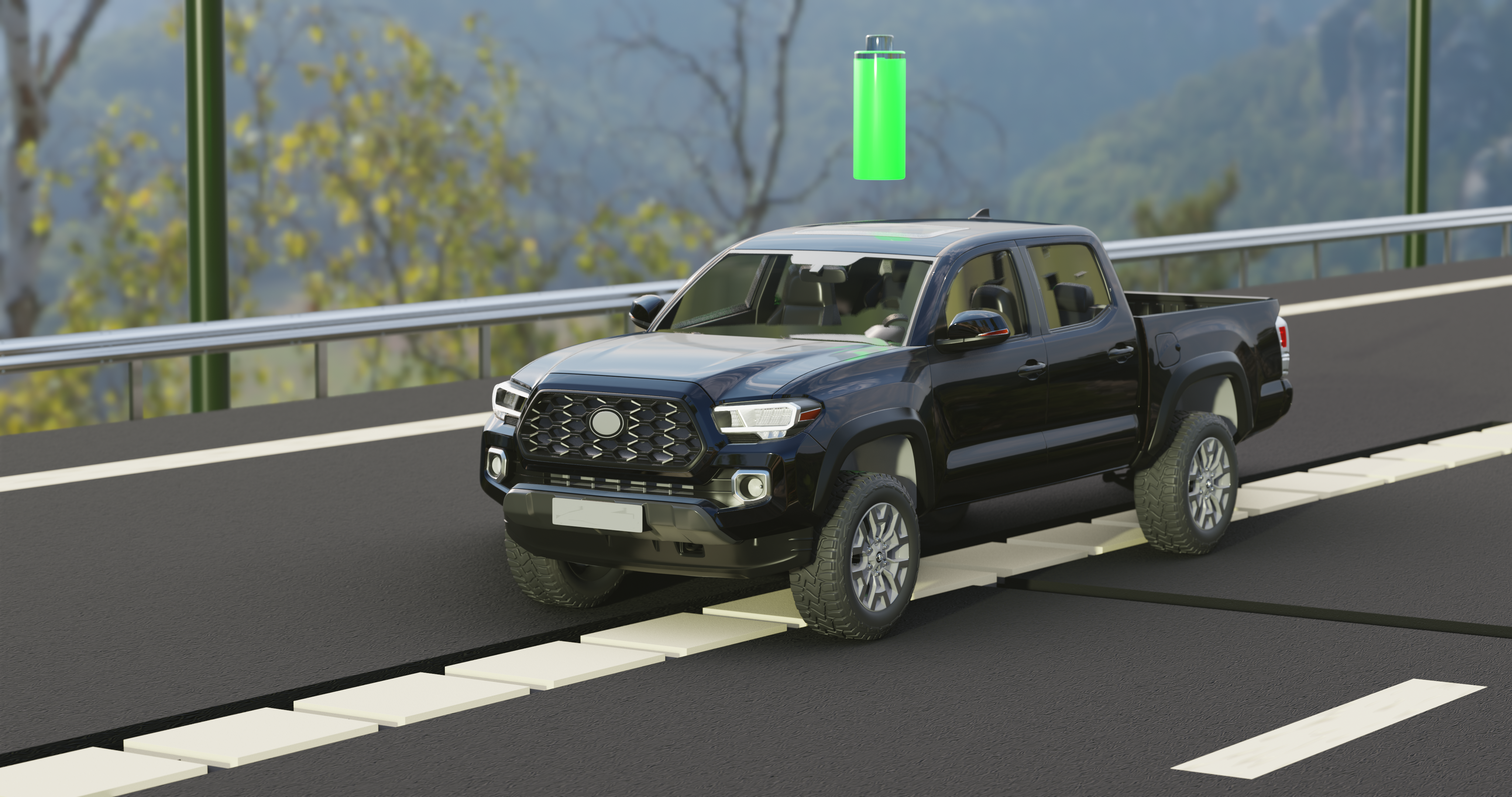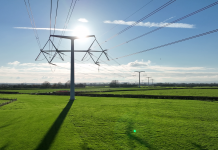The adapted concrete has a high magnetic permeability, thus lending itself to inductive charging as a vehicle passes above. It would open the way to uninterrupted charging of EVs with low-carbon electricity, as they speed over a top surface.
Besides road traffic, magnetisable concrete would enable warehouse and industrial floors to be adapted for in-use charging of fork-lift trucks and independent materials-handling equipment.
Purdue University in the US has begun technical trials for the innovators’ technology.
Edelio Bermejo, head of the Swiss company’s global innovation centre, commented: “At Holcim we are innovating to put concrete at the centre of our world’s transition to net-zero.
“With Magment, we are excited to be developing concrete solutions to accelerate electric mobility. Partnering with start-ups all over the world, we are constantly pushing the boundaries of innovation to lead the way in sustainability.”
“Rolling re-charge” is seen by manufacturers and operators of EVs as the ultimate antidote to ‘range anxiety’, counter-acting motorists’ lingering fears about lost time and productivity.
Commercial fleets are likely to be early adopters. Waitrose will this year begin trials in St Katharine’s Dock, London of wireless charging of its delivery vans on urban routes. The supermarket chain’s chosen technology, supplied by partner Flexible Power Systems, is based on a scaled up version of mobile phone wireless charging. Vans are equipped with a charging pad, and in Waitrose’s example need to be stationary above a current transfer electrode.




